JTDC Special Issue – Intimacy Choreography
Call for Papers
Journal of Dramatic Theory and Criticism
Special Section on Intimacy Choreography
The emergence of intimacy choreography as a recognized field invites theatre scholars into significant reflection. Almost as soon as the term intimacy entered the English lexicon in the 17th century as a way to signal profundity of emotional connection, it also began to stand for sexual acts, particularly illicit ones. Intimacy implies a sharing of knowledge, a mingling of subjectivity, and often the presence of heightened touch — but what kind? Intimacy can liberate or devastate, it can be climactic or quotidian, and it is frequently featured at the heart of dramatic literature. While stage intimacy is nothing new, techniques for generating it are in a moment of great shift. Currently, standards within professional, amateur, and academic performance communities are reorienting swiftly towards new practices and expectations around how onstage touch will be created, crafted, and maintained. How can the integrity of performers’ internal lives be prioritized while creating dramatic representations of sexual communion or sexual violence that read to the back row? Further, this moment urges serious reckoning with the past as well as the future. How have consent violations become normalized in our field for centuries and what might it look like without them?
This special section offers a platform through which intimacy choreography as both technique and ethical framework can be considered from a variety of perspectives.
Topics may include, but are not limited to:
- Connections between stage combat and stage intimacy
- Historical and developing methodologies and techniques for performance intimacy
- Theories of actor training and intimacy
- Choreographic practices and theories
- Intimacy choreography and race/racialization onstage
- Intimacy choreography’s relationship to social media campaigns (i.e. Tarana Burke’s #metoo and Chicago’s #notinourhouse movement)
- Stage intimacy other than sex or violence, i.e. pregnancy, parenthood, illness/disability and care, etc.
- Intimacy choreography and institutionalized sexism/misogyny in theatre industries
- Queer/LGBTQIA+ intimacy onstage
- Intimacy choreography and the academy
- Consent-based frameworks for non-touch intensity
- Intimacy choreography backstage (for instance, the necessary intimacy of costumers and dressers)
- Geography and intimacy choreography–where is this work being done, and why?
In addition to full academic articles of up to 8000 words, JDTC also welcomes shorter interventions on intimacy choreography. Such work may take the form of theoretical or historical criticism and provocations, as well as interviews with and explications of methodologies from theatre artists (directors, actors, performers, designers, technicians, writers, etc.) of regional, national, or international prominence who are working with and thinking through matters of theatrical and performance intimacy.
To be considered for this special section, please submit an abstract of no more than 300 words that describes your contribution along with a brief bio or CV by May 20th, 2019. Send expressions of interest to special section guest editor, Dr. Joy Brooke Fairfield (fairfieldj@rhodes.edu) and the JDTC managing editor (jdtc@ku.edu).
Proposals should be framed for the mission of the journal by contributing to the varied conversations in dramatic theory and criticism, exploring the relationship between theory and theatre practice, and/or addressing paradigms used in or potentially useful for dramatic theory and criticism, broadly conceived. Contributions may also investigate practices and methods that raise questions about the nature and function of theatre, drama, or performance.
